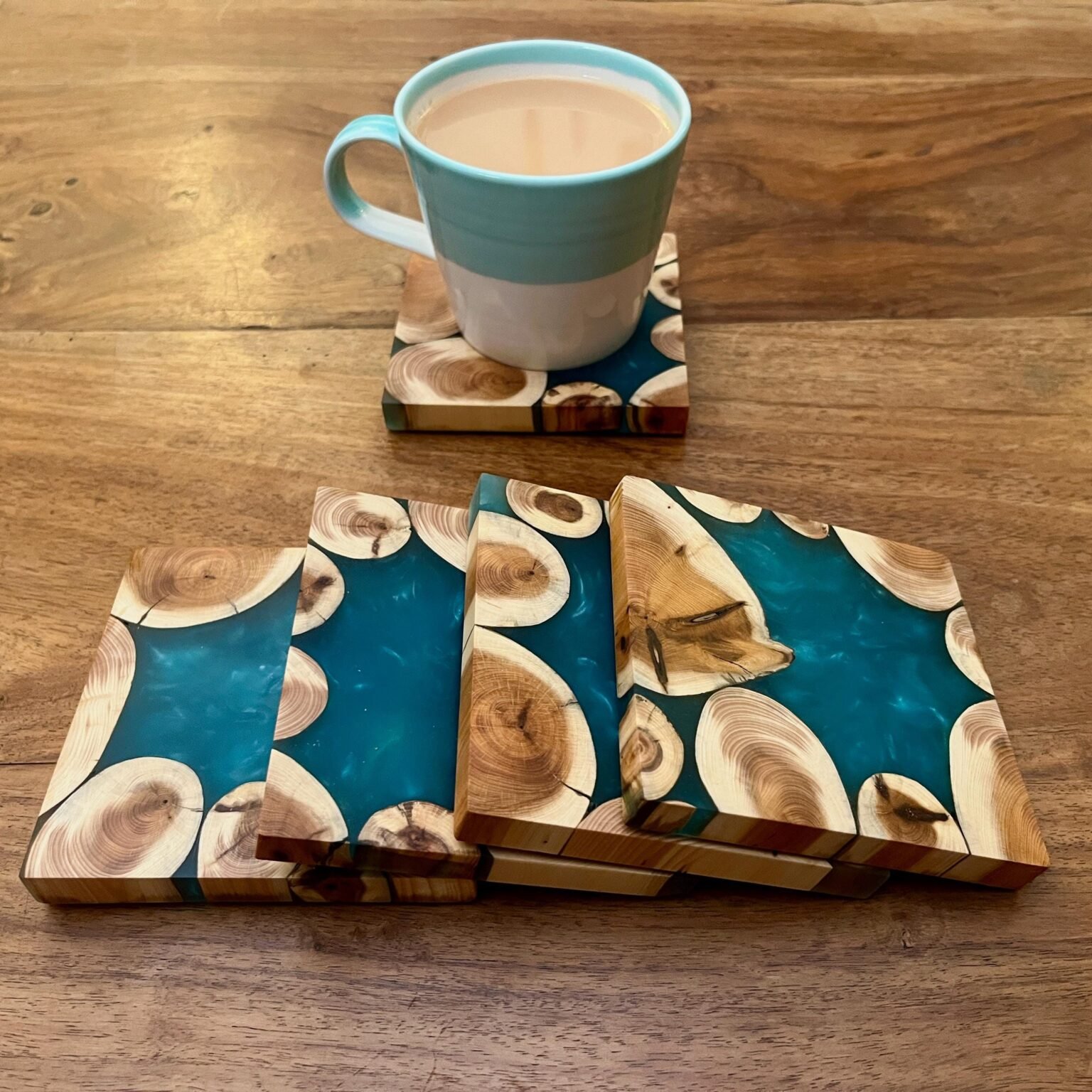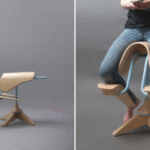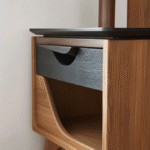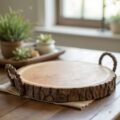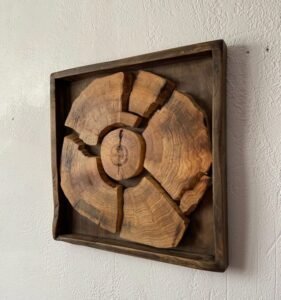Finding the Right Bit Brace for Woodworking
So, there I was, sitting in my garage, the smell of fresh-cut pine filling the air. I had just become a bit of a woodworking enthusiast after tinkering around with the old toolbox that had been gathering dust in a corner. You know how it is—you find a project on Pinterest, and suddenly you’re convinced you can build anything. Well, my first project was a rustic coffee table. Simple enough, I thought, but boy, did I learn a thing or two along the way.
I decided I wanted to get serious about the tools I used. Two days into my coffee table project, I realized I needed a good bit brace. Now, for those who might not know, a bit brace is that nifty tool that allows you to drill holes by hand. It’s kind of old school, but there’s something about it that brings a soul to the woodworking process. The buzzing of an electric drill just doesn’t give you the same satisfaction, you know?
The Hunt for the Perfect Bit Brace
So, off I went to the local hardware store. You’d think finding a bit brace would be straightforward, right? I walked in, and it felt like I had just stepped into a treasure trove. Shelves boasted an array of tools. There was that smell of machine oil and wood—not bad, really. But when I got to the section for bit braces, let me tell you, my heart sank. There were choices all right—old, new, fancy, and basic. I almost turned around and left, thinking I could just get by with my electric drill.
But something kept me there, like a moth drawn to a flame. I spotted a vintage-style brace, its wooden handle worn smooth over the years. I figured, if I was going to do this, I might as well make it authentic. So, I slapped my money down and proudly headed home, even though I had no clue whether this relic would actually do the job.
The First Try: Learning the Hard Way
Back in the garage, I was buzzing with excitement, like a kid with a new toy. I went for some nice oak, hoping to impress my wife with this gorgeous table. I’d watched plenty of YouTube videos, but nothing could really compare to the feel of the wood in my hands—the roughness of the grain, the way it smelled sooooo good while sanding.
But when I clamped down on that old bit brace and started cranking, my enthusiasm took a dip. I felt like a fool. The drill bit just wouldn’t penetrate the oak. I grunted, twisted my face in concentration, but all I got was a sore arm and a chuckle from my neighbor, Tom, who popped his head over the fence. "You sure you know what you’re doing, buddy?"
Ha, very funny, Tom.
After several minutes of cranking and hardly making a dent, I almost gave up. I think I muttered something about how I was just going to stick to buying furniture. But then, I took a step back. I realized that this old tool had a rhythm to it—like a dance. It wasn’t just about brute strength. I needed to work with it, not against it.
Finding the Rhythm
The next time around, I eased up on the pressure and let the bit do the work. It was like a lightbulb went off in my head. The brace was singing as that bit spun slowly into the wood, sending tiny shavings flying everywhere. I laughed when it actually worked. The satisfaction was immense; it felt so gratifying to see my efforts transform into something beautiful.
So, I kept on going—round and round, with the smell of oak filling my nostrils and the sound of wood being carved being almost musical.
As I pieced together the slats for the tabletop, I realized that having the right bit brace made all the difference. It was so much easier to control the depth and angle of the holes. That stupid old tool was, in fact, well worth the money. I had stumbled upon something really special, something that connected me more deeply to the work itself.
The Heart of Woodworking
Now, I’ll admit, I had a few more hiccups along the way—like when I drilled straight through the table’s edge on my first attempt to attach the legs. I could’ve thrown in the towel then, but I took a breath and figured I’d just cover it up with a good-looking furniture plug. Honestly, it’s all part of the learning curve, right?
In the end, that table turned out pretty darn well. It’s not perfect, but every knick tells a story—a joke shared with friends, a lesson learned. That’s what woodworking means to me now: the connection between the wood, the tool, and who you are in the process.
If you’re thinking about trying this, just go for it. Don’t get hung up on perfection. That old bit brace taught me that it’s not about the end product; it’s the journey that makes it worthwhile. Just don’t forget to take breaks, enjoy the smells, the sounds, and even the mistakes. You’ll find that’s where the real magic lies.

